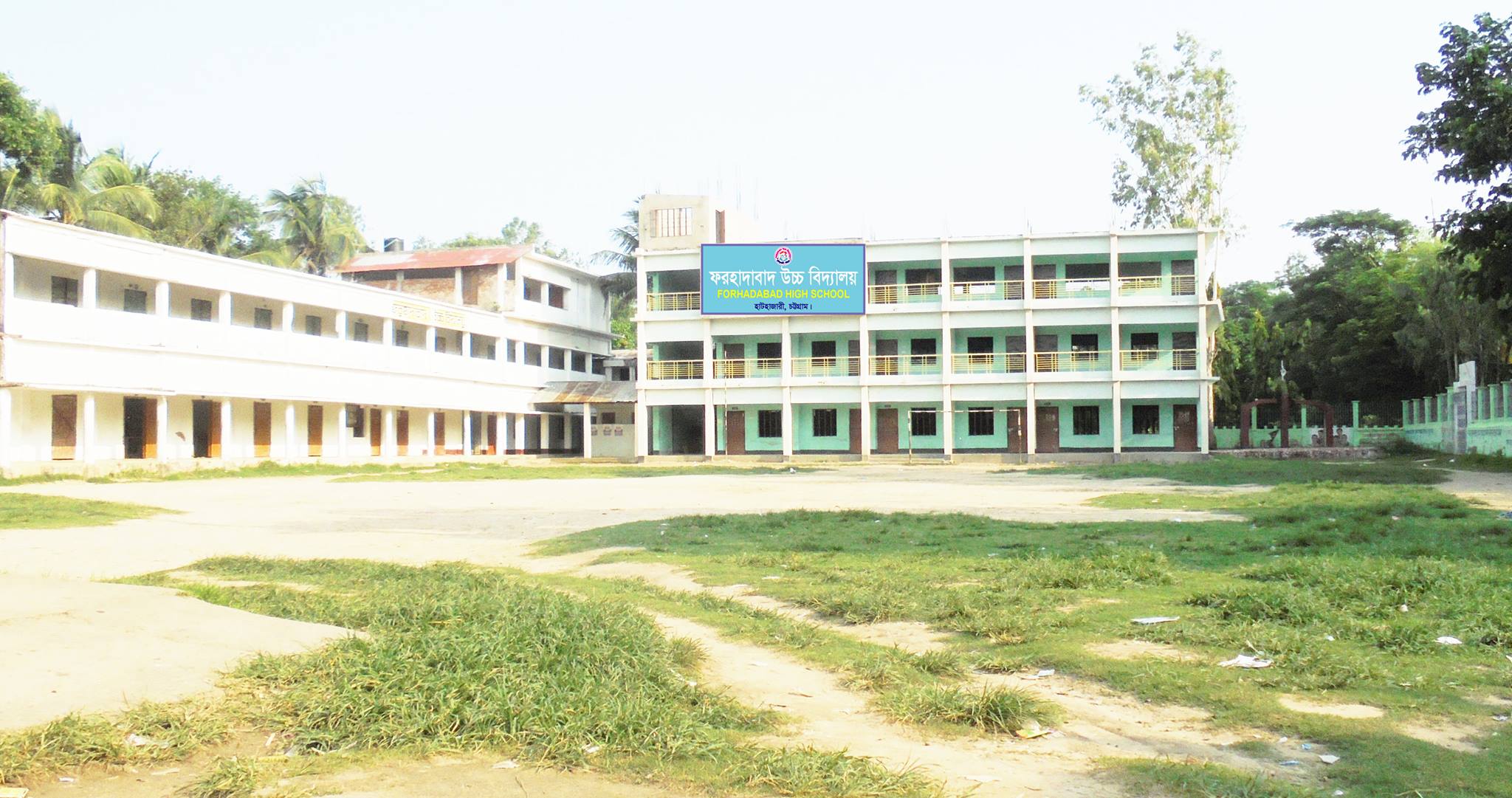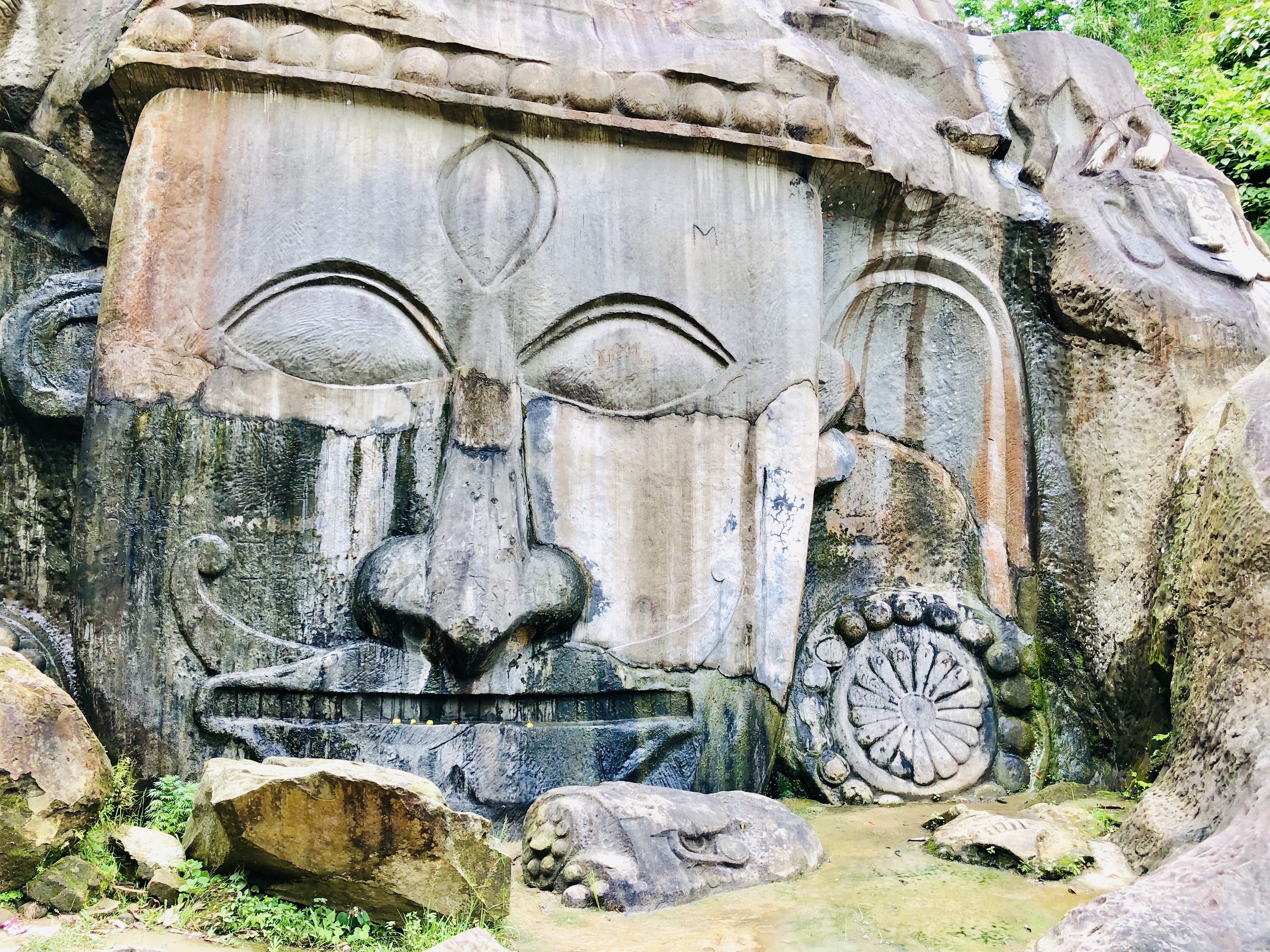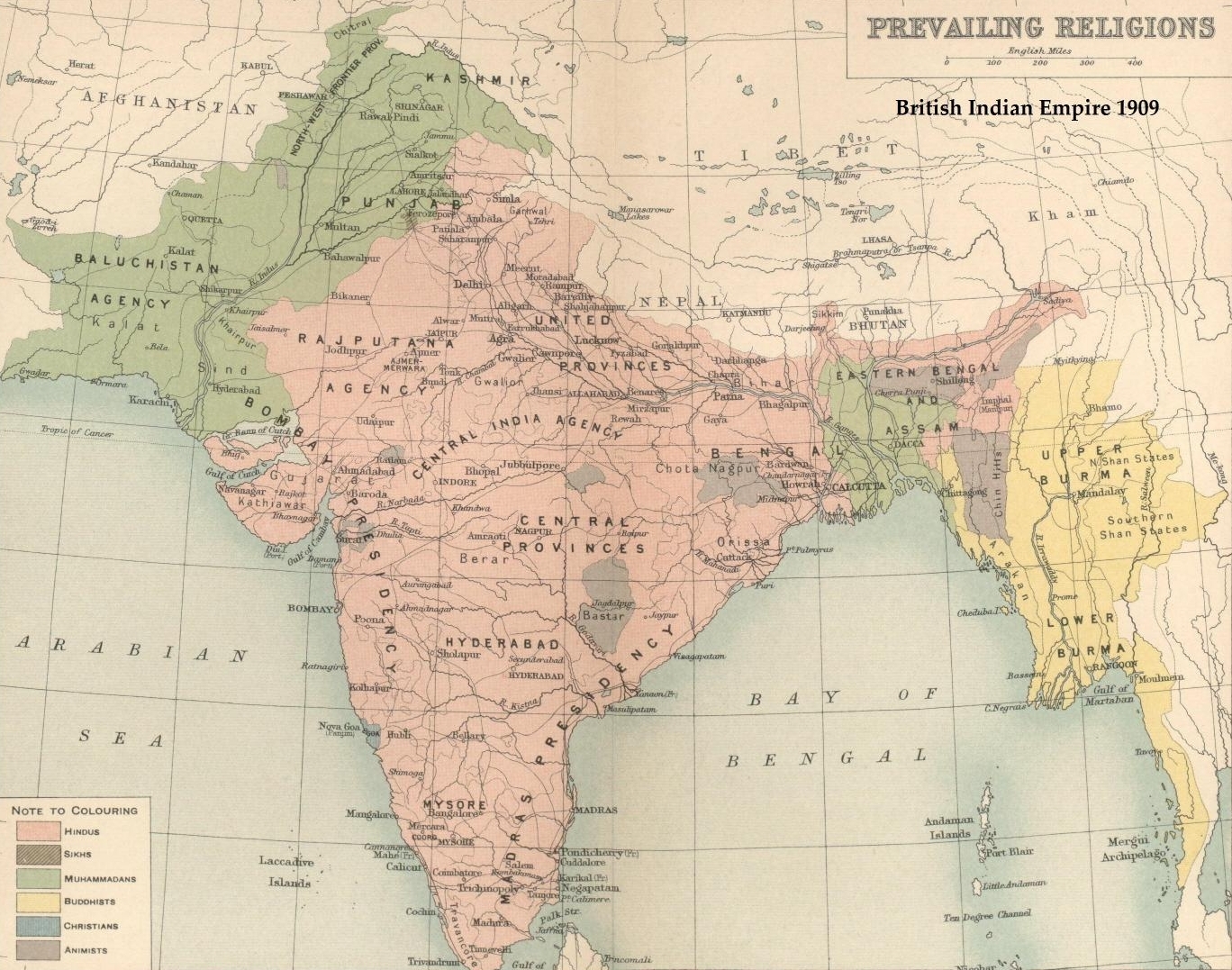|
Fatikchhari Upazila
Fatikchhari () is an upazila of Chittagong District in Chittagong Division, Bangladesh. It is the largest upazila of Chittagong. History The Fatikchhari Jami al-Uloom Fazil Madrasa and the Jamia Arabia Nasirul Islam Madrasa were founded in 1904 and 1912 respectively, transforming Fatikchhari into an important site of spiritual activities in the country. During the British colonial period, a thana was formed in Fatikchhari in 1918. In 1928, the Nanupur Sunnia Madrasa was established. During the Bangladesh Liberation War, a training camp was founded in Fatikchhari by Mustafizur Rahman Siddiqi, Ziaur Rahman and Zonal Commander Mirza Abu Mansur in March 1971. Bengali freedom fighters around Chittagong Division, Chittagong that used to go to India for training purposes would return through there and Fatikchhari alone was home to roughly 1,500 Bengali freedom fighters. Thus Fatikchhari was regarded as the ''gateway to freedom fighters''. Subsequently, the Abu Subhan School playground i ... [...More Info...] [...Related Items...] OR: [Wikipedia] [Google] [Baidu] |
Fatikchhari
Fatikchhari is a town and municipality in Chittagong District in the division of Chittagong, Bangladesh. It is the administrative headquarters and urban centre of Fatikchhari Upazila Fatikchhari () is an upazila of Chittagong District in Chittagong Division, Bangladesh. It is the largest upazila of Chittagong. History The Fatikchhari Jami al-Uloom Fazil Madrasa and the Jamia Arabia Nasirul Islam Madrasa were founded in 1904 .... References Chittagong Division Fatikchhari Upazila {{Chittagong-geo-stub ... [...More Info...] [...Related Items...] OR: [Wikipedia] [Google] [Baidu] |
Upazilas Of Bangladesh
An ''upazila'' ( pronounced: ), formerly called ''thana'', is an administrative division in Bangladesh, functioning as a sub-unit of a districts of Bangladesh, district. It can be seen as an analogous to a county or a borough of Western countries. Rural upazilas are further administratively divided into Union councils of Bangladesh, union council areas (union parishads). Bangladesh has 495 upazilas. The upazilas are the second lowest tier of regional administration in Bangladesh. The administrative structure consists of divisions (8), districts (64), upazilas (495) and union parishads (UPs). This system of devolution was introduced by the former military ruler and president of Bangladesh, Hossain Mohammad Ershad, Lt-Gen Hossain Muhammad Ershad, in an attempt to strengthen local government. Below UPs, villages (''gram'') and ''para'' exist, but these have no administrative power and elected members. The Local Government local ordinance, Ordinance of 1982 was amended a year lat ... [...More Info...] [...Related Items...] OR: [Wikipedia] [Google] [Baidu] |
Bangladesh Standard Time
Bangladesh Standard Time (BST; ) serves as the official time zone for Bangladesh. It operates six hours ahead of Coordinated Universal Time and is observed uniformly across the country as a national standard. In 2009, Bangladesh briefly observed daylight saving time (DST) as a measure to address an ongoing electricity crisis. However, this decision was reversed by the government in 2010. The official time signal of BST is determined based on the 90.00° E longitude. This meridian passes through the Harukandi Union, located in the Harirampur Upazila of the Manikganj District, within the Dhaka Division. In the IANA time zone database, BST is represented by the identifier Asia/Dhaka. History From 1890 to 1941, Bengal, under the British Raj adhered to Calcutta time ( UTC+5:53:20). During the 1940s, in the midst of World War II, British India underwent a series of time zone changes. # On 1 October 1941, the region transitioned to UTC+06:30. # On 15 May 1942, the following y ... [...More Info...] [...Related Items...] OR: [Wikipedia] [Google] [Baidu] |
Kawkhali Upazila, Rangamati
Kawkhali () is an upazila of Rangamati District in the Division of Chittagong, Bangladesh. Demographics As of the 2022 Bangladesh census, Kawkhali upazila had a population of 66,313. The ethnic population was 36,550 (55.12%), of which Marma were 18,477, Chakma 17,188, and Tanchangya 677. Administration UNO: Happy Das. Kawkhali Upazila is divided into four union parishads: Betbunia, Fatikchhari, Ghagra, and Kalampati. The union parishads are subdivided into 11 mauzas and 149 villages. See also * Upazilas of Bangladesh * Districts of Bangladesh * Divisions of Bangladesh Divisions are the first-level administrative divisions in Bangladesh. As of 2024, there are eight divisions of Bangladesh, each named after the major city within its jurisdiction that also serves as the administrative seat of that division. Eac ... References Upazilas of Rangamati Hill District {{Chittagong-geo-stub ... [...More Info...] [...Related Items...] OR: [Wikipedia] [Google] [Baidu] |
Hathazari Upazila
Hathazari () is an upazila of Chattogram District in Chattogram Division, Bangladesh. Geography Hathazari is located at . It has a total area of 246.32 km2. The main river is Halda. It is surrounded by Fatikchhari Upazila on the north, Panchlaish Thana and Chandgaon Thana on the south, Raozan Upazila on the east and Sitakunda Upazila on the west. History Part of the ancient kingdom of Harikela, 36 thin bull-and-triglyph silver coins were discovered inside a little clay pot in Hathazari's Jobra village in July 1980. All, except one, mentioned the kingdom of Harikela. The Kingdom of Mrauk U built numerous mudforts in present-day Hathazari. In the fifteenth century, the Sultan of Bengal Shamsuddin Yusuf Shah had a mosque constructed in Dewannagar mouza which is now known as Faqir Mosque. During an expedition against the Arakanese in the early 16th century, Prince Nasiruddin Nasrat Shah passed through the area where he dug a reservoir and built a mosque which still stan ... [...More Info...] [...Related Items...] OR: [Wikipedia] [Google] [Baidu] |
Tripura
Tripura () is a States and union territories of India, state in northeastern India. The List of states and union territories of India by area, third-smallest state in the country, it covers ; and the seventh-least populous state with a population of 3.67 million. It is bordered by Assam and Mizoram to the east and by Bangladesh to the north, south and west. Tripura is divided into List of districts of Tripura, 8 districts and 23 sub-divisions, where Agartala is the capital and the largest city in the state. Tripura has 19 different tribal communities with a majority Bengalis, Bengali population. Bengali language, Bengali, Indian English, English and Kokborok are the state's official languages. The area of modern Tripura — ruled for several centuries by the Manikya Dynasty — was part of the Tripuri Kingdom (also known as Hill Tippera). It became a princely state under the British Raj during its tenure, and acceded to independent India in 1947. It merged with India in 1949 an ... [...More Info...] [...Related Items...] OR: [Wikipedia] [Google] [Baidu] |
Halda River
Halda River is a river in south-eastern Bangladesh. It originates at the Badnatali Hill Ranges in Ramgarh Upazila in the Chittagong Hill Tracts, flows through Fatikchhari Upazila, Bhujpur Thana, Hathazari Upazila, Raozan Upazila and Chandgaon Thana of the Chittagong Metropolitan City, and falls into the Karnaphuli River. The river has a very turbulent tributary, the Dhurung River, which joins Purba Dhalai about downstream. The river is navigable by big boats from its mouth up to Nazir Hat, and by small boats further up to Narayanhat union, Narayanhat. The Halda averages in depth and is at its deepest point. The Halda river is also famous for breeding pure Catla catla, Indian carp. This is the only pure Indian carp breeding field of Bangladesh, perhaps in South Asia. On December 22, 2020, the Bangladeshi government declared the Halda River as Bangabandhu Fisheries Heritage due to the significance of the river. See also *List of rivers in Bangladesh References Rive ... [...More Info...] [...Related Items...] OR: [Wikipedia] [Google] [Baidu] |
Chittagong Hill Tracts
The Chittagong Hill Tracts (), often shortened to simply the Hill Tracts and abbreviated to CHT, refers to the three hilly districts within the Chittagong Division in southeastern Bangladesh, bordering India and Myanmar (Burma) in the east: Khagrachhari District, Khagrachhari, Rangamati District, Rangamati, and Bandarban District, Bandarban. Covering , CHT is an extensively hilly area and home to a Tribal peoples of Chittagong Hill Tracts, variety of tribal peoples in Bangladesh. The CHT were divided by the British in the 19th century into Tribal monarchy in Chittagong Hill Tracts, three tribal chieftaincies, the Chakma Circle, the Mong Circle and the Bohmong Circle. They formed a single Districts of Bangladesh, district until 1984, when they were divided into three separate districts. Geography The Chittagong Hill Tracts (CHT) is a extensive hilly area in Bangladesh, lie in the southeastern part of the country (210 25' N to 230 45' N latitude and 910 54' E to 920 50' E longit ... [...More Info...] [...Related Items...] OR: [Wikipedia] [Google] [Baidu] |
Sitakunda
Sitakunda or Sitakunda Town () is an administrative centre and the sole municipality (''Paurashava'') of Sitakunda Upazila in Chattogram District, located in Chattogram Division, Bangladesh. Sitakunda is famous for the Chandranath Temple and Hindus temple. There is a hot water spring 5 km to the north of the town.Mohammed Abdul Baten & Rashedul Tusher,Time to move to green energy, ''The Daily Star'' (Dhaka), 7 February 2007, Retrieved on 2 February 2009 Administration The Sitakunda town has 9 wards of Bangladesh, wards divided into 22 mahallas, and a population of 36,650 distributed to 6,914 units of households (average household size 5.3), including 18,662 men and 17,988 women (the male:female ratio is 104:100). The most notable mahallas of the town are Yakubnagar, Nunachara, Mohadebpur, Sobanbagh, Bhuiyan Para, Chowdhury Para (also known as Premtala), Moulvi Para, Amirabad, Edilpur and Shibpur. Badiul Alam was the mayor of the town, he was first elected in 2015 and again ... [...More Info...] [...Related Items...] OR: [Wikipedia] [Google] [Baidu] |
Ziaur Rahman
Ziaur Rahman (19 January 193630 May 1981) was a Bangladeshi military officer and politician who served as the sixth president of Bangladesh from 1977 until Assassination of Ziaur Rahman, his assassination in 1981. One of the leading figures of the Bangladesh Liberation War, country's independence war, Ziaur has been nicknamed as the "Liberation Announcer" for broadcasting the Proclamation of Bangladeshi Independence, Bangladeshi declaration of independence in March 1971 from Chittagong. He was the founder of the Bangladesh Nationalist Party (BNP). He previously served as the third Chief of Army Staff (Bangladesh), Chief of Army Staff from 1975 to 1978 with a minor break. Ziaur, sometimes known as Zia, was born in Gabtali Upazila, Gabtali and trained at the Pakistan Military Academy in Abbottabad. He served as a commander in the Pakistan Army in the Second Kashmir War against the Indian Army, for which he was awarded the Hilal-i-Jur'at, Hilal-e-Jurrat from the Government of Pakis ... [...More Info...] [...Related Items...] OR: [Wikipedia] [Google] [Baidu] |
Mustafizur Rahman Siddiqi
Mustafizur Rahman Siddiqi (1 March 1925 – 6 February 1992) was a Bangladeshi entrepreneur, politician and diplomat. He set up a number of manufacturing and finance businesses during the 1960s. He played a prominent role in the Bangladesh Liberation War of 1971, organising resistance within Bangladesh and travelling to the U.S. to represent the Bangladesh Government in exile. He became Minister of Commerce and Foreign Trade in the newly formed state, and ambassador to the U.S. and Mexico. Early life Siddiqi was born on 1 March 1925 in Sitakunda, Chittagong (then East Bengal, now Bangladesh). He was the son of Mohammad Hossain Chowdhury. After his schooling in Sitakunda, he pursued higher education in Calcutta, India. He completed his M.Com. from Calcutta University in 1947. He served as lecturer at Dhaka University from 1948 to 1950. He then went on to take a degree in commerce from London University and followed with the final examination of the Institute of Chartered Accoun ... [...More Info...] [...Related Items...] OR: [Wikipedia] [Google] [Baidu] |
Bangladesh Liberation War
The Bangladesh Liberation War (, ), also known as the Bangladesh War of Independence, was an War, armed conflict sparked by the rise of the Bengali nationalism, Bengali nationalist and self-determination movement in East Pakistan, which resulted in the independence of Bangladesh. The war began when the Pakistani Military dictatorship, military junta based in West Pakistan—under the orders of Yahya Khan—launched Operation Searchlight against East Pakistanis on the night of 25 March 1971, initiating the Bangladesh genocide. In response to the violence, members of the Mukti Bahini—a Guerrilla warfare, guerrilla resistance movement formed by Bengali military, paramilitary and civilians—launched a mass guerrilla war against the Pakistan Armed Forces, Pakistani military, liberating numerous towns and cities in the war's initial months. At first, the Pakistan Army regained momentum during the monsoon, but Bengali guerrillas counterattacked by carrying out widespread sabotag ... [...More Info...] [...Related Items...] OR: [Wikipedia] [Google] [Baidu] |





